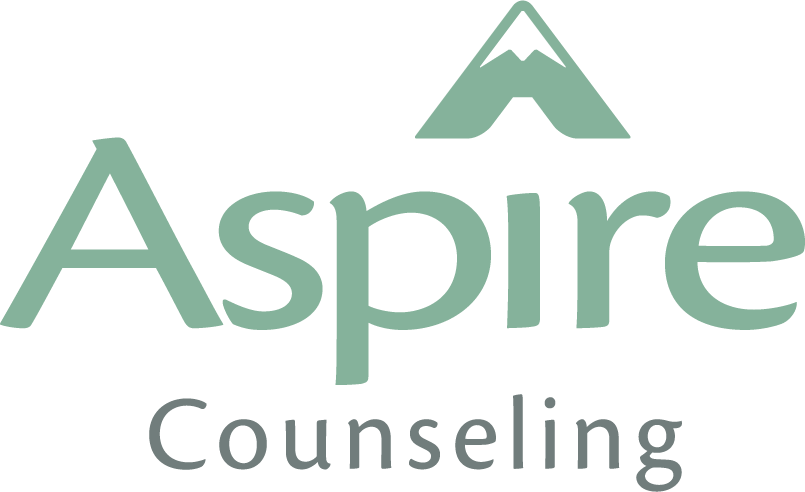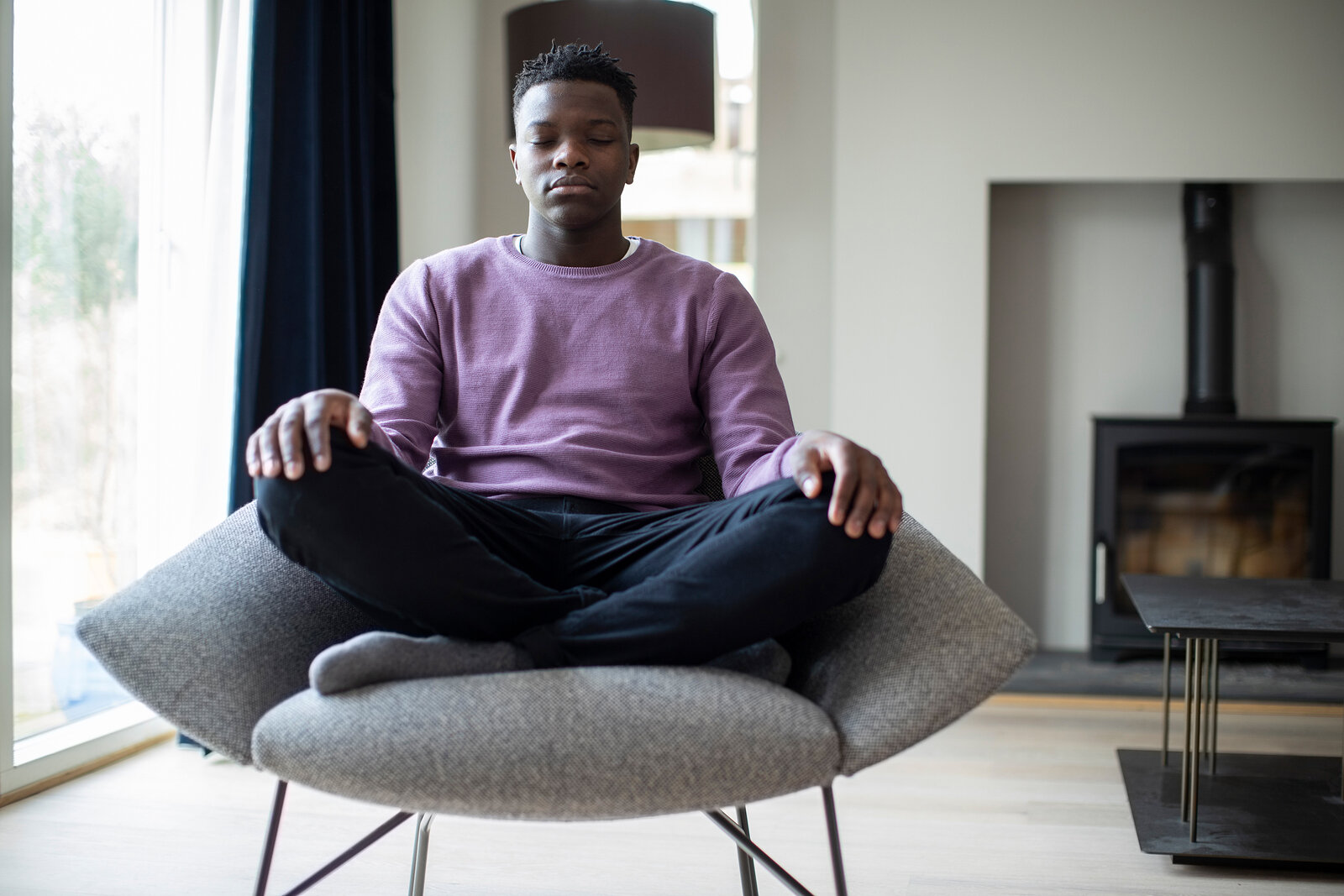Meditation For Teenagers Who Don’t Want To Meditate: A New Way Of Using Technology To Teach Meditation
Let’s be honest for a second. Teenage boys do not like to meditate. Or at least they think they don’t. In fact, teenage girls don’t think they’re very big fans either. So, what response do you think I get? Yep, it’s exactly what you think it is. “Ugh.”
I’ve been teaching teenagers mindfulness and meditation for years. I was first introduced to DBT in 2008 and have taught DBT skills to teenagers in three different work settings since then. In order to teach DBT, I have to teach mindfulness. And yes, I very quickly learned that teenagers think they don’t like mindfulness.
Why do I say they think they don’t? Because I’ve found that most teenagers will actually come to mindfulness if we can introduce them in a gentle enough manner. I’ve spent years perfecting my skills and coming up with “fun” “active” mindfulness activities. In fact, I have it down to a bit of a science…we’ll start with mindfully eating a piece of chocolate, then in the next session do a little mindful bop it and then progress in the third session to mindful coloring. Only THEN is the kid warmed up enough to start focusing on their breathing, right?
My new trick to teach teenagers meditation
Not anymore. I’ve learned a better way to teach kids mindfulness. It’s called the MUSE. When my own 5 year old son quickly picked it up and started BEGGING me to let him meditate, I decided it was time to start introducing it to teenagers at the office. To my surprise, the teens loved it. I initially meant for this just to be something I did in the office with my clients, but almost immediately I had teenage clients convincing their parents to purchase a MUSE for them to use at home. So, why are these teenagers now begging their parents to let them meditate? Here are a few reasons:
Teens enjoy getting to select their own background noise. They can choose to listen to the rainforest, desert, ambient music, the sounds of a city park or waves on a beach. The first few MUSE sessions I do with a client of any age I encourage them to try out the different soundscapes. I’ve personally noticed that I’m more focused using some than others.
Teens now have an excuse to bring their phones into our counseling sessions! Teens create their own profile on the MUSE app and use the app on their phone to play the meditation.
Teens respond well to the reinforcement provided by the MUSE. The MUSE headband senses your brain waves to see if your thinking patterns are calm, neutral or active. Based on those readings, the environment in the meditation responds. If your brain waves show that you are in an active state of mind (i.e. distracted and not meditating) you will hear a storm. It’s been my experience that the teenagers in my counseling practice have VERY quickly learned to “tame the storm.” Then there is the positive reinforcement…if your mind is calm for at least 5 seconds you’ll hear birds land nearby.
Teens love the data. At the end of a meditation session you are immediately able to see how many “recoveries” you experienced (times where you got distracted and then brought your mind back to a calmer state of mind) and how many “birds” you earned (where you were calm more than 5 seconds) among other data. Believe it or not, I’ve found teenagers to be fascinated by this data!
Teens enjoy looking over the data provided to me through the professional website for clinicians. If a client gives me permission, I am able to login to a website throughout the week and see how the meditation is going. From my perspective, this is great because I can hold teenagers (who are kind of notorious for not doing their homework, right?) accountable when they’ve said they’ll use the MUSE and can use the information I see to recommend changes the next week-perhaps asking them to meditate more or less frequently or for a longer period of time. Teens like this, because I am able to see a couple of extra really cool graphs and I’ll show them their own data in a session and talk about how their data is improving over time.
Why am I talking about this?
To be honest, I’m sharing this with you because I’ve been amazed at how well my teenage clients have responded to this new blend of technology and meditation. I’m not getting teens to “buy-in” to meditating in a matter of only a couple of sessions…and they’re learning to meditate effectively. I think this is something that sets me apart from other counselors who work with teens in the Mid Missouri area, so of course, I want to share with you that we’re offering this at my practice.
Learn to Meditate Learning the MUSE
Are you interested in learning to meditate or curious to see if your own child will enthusiastically start using the MUSE headband? Here are a couple options for how you can get started:
Purchase the MUSE headband yourself to use at home. I have an affiliate link you can use to buy a MUSE at a 15% discount, but if you can find a better deal somewhere else, go for it. I receive a small commission if you use that link, so I’ve decided that any commission I do receive will just go toward purchasing more MUSE headbands for my office. I’d love to have enough that each clinician can have a set in their office and maybe even have one in the waiting room for people to use while they wait for their session!
Attend one of our short term meditation groups where we’ll discuss mindfulness skills and practice using the MUSE. E-mail us at info@aspirecounselingmo.com or using our contact form to get on our list to hear about upcoming mindfulness groups!
Are you looking for a good counselor for teenagers in Columbia, MO? At Aspire Counseling we have several therapists who specialize in working with teenagers on a variety of issues. We often incorporate mindfulness into our work and we’d love to discuss how counseling might help your teen!
Jessica Tappana, LCSW is the founder of Aspire Counseling, a Columbia, MO counseling center that specializes in treating trauma, grief, anxiety/fear and those who are going through a stressful period in their life. Jessica frequently works with teenagers and has been practicing and helping others learn mindfulness for 10 years. She believes in creating a welcoming therapy environment so people of all walks of life can find emotional healing, peace and joy. Jessica enjoys writing blog posts that give people hope and practice advice about how to improve their mental health. In her spare time, Jessica enjoys spending time with her family, cheering at University of Missouri sporting events (go Tigers!) and traveling.


